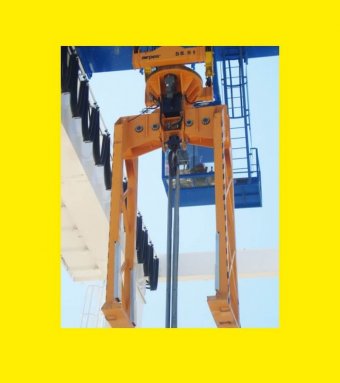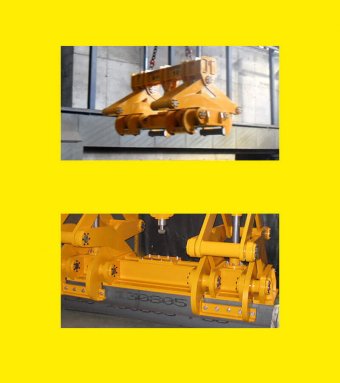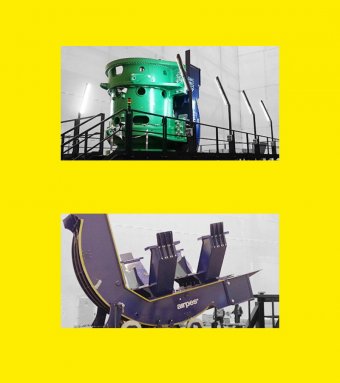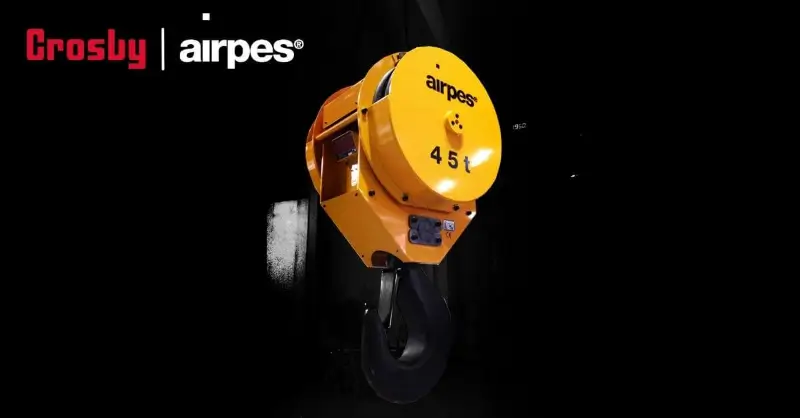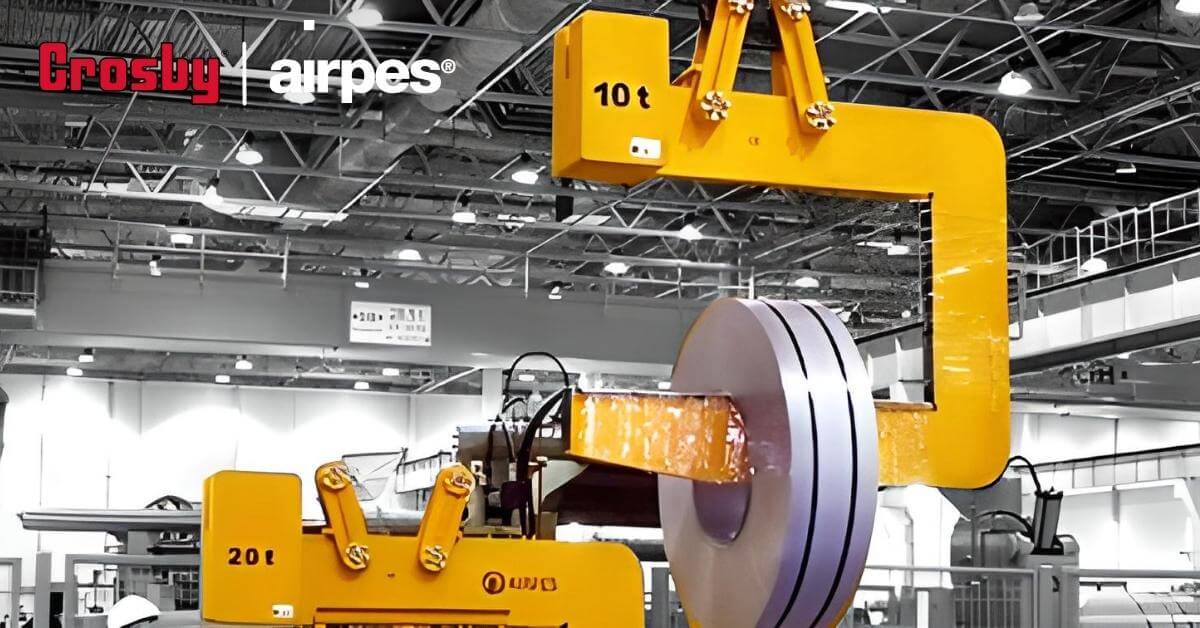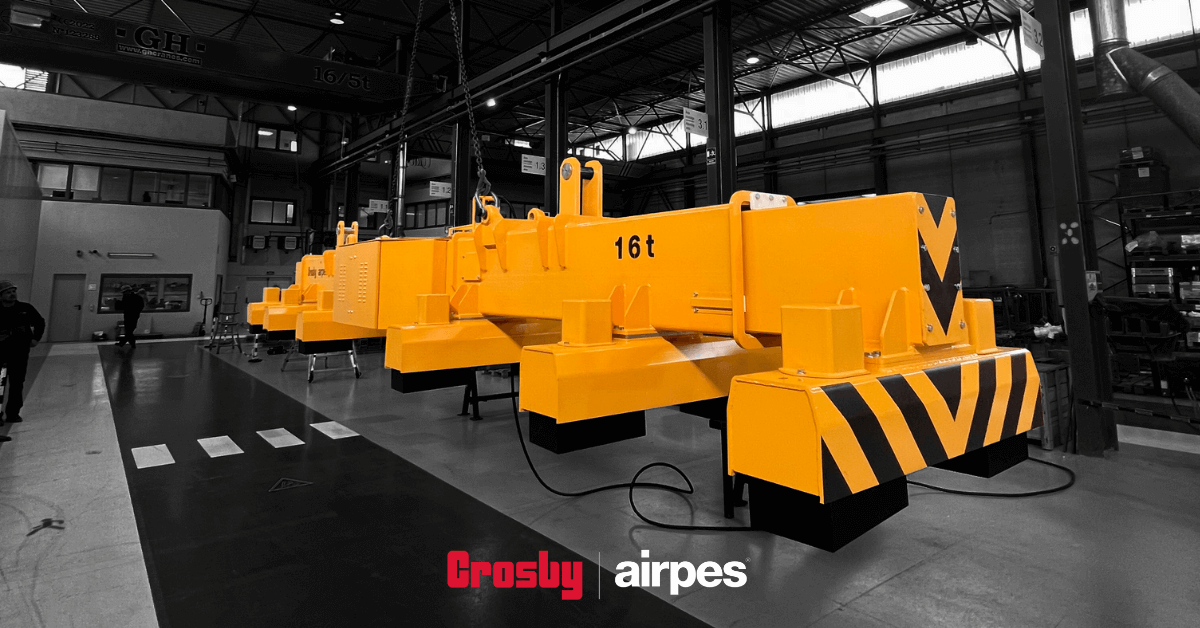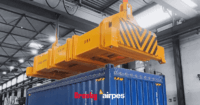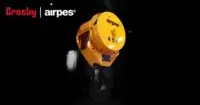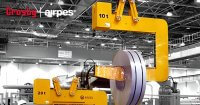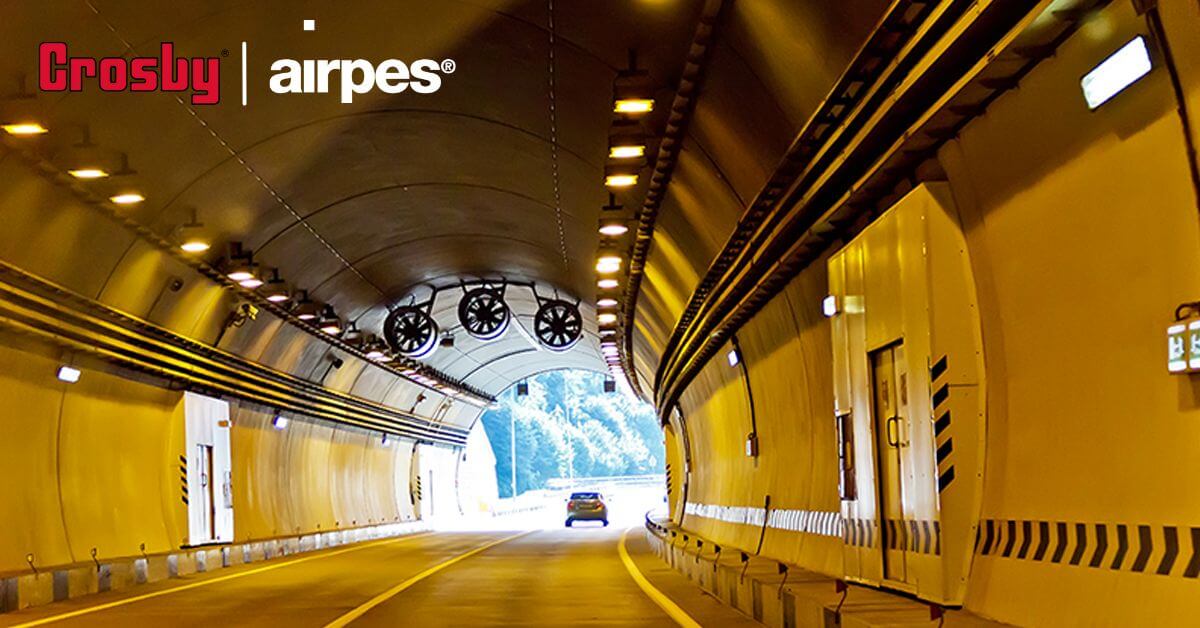 Crossing a tunnel by car, or train you might have wondered how tunnels are built. Human beings have been trying to change the planet at will for tens of thousands of years, with greater or lesser success. Drilling the earth and stone, first for mining purposes and later as a means of communication, was one of the first engineering successes in our history, almost comparable to the wheel or the handling of fire.
Crossing a tunnel by car, or train you might have wondered how tunnels are built. Human beings have been trying to change the planet at will for tens of thousands of years, with greater or lesser success. Drilling the earth and stone, first for mining purposes and later as a means of communication, was one of the first engineering successes in our history, almost comparable to the wheel or the handling of fire.
In a world where technological advances seem to dominate everything, it is surprising to find that some methods of tunnel construction have hardly changed in the last 200 years. These are the so-called traditional methods, such as Belgian or German, still widely used in urban environments. For these methods, which dig with picks and shovels in the hands of human personnel.
We delve into how a tunnel of imposing size is built, and how TBM, or tunnel boring machine, works.
The Tunnel Boring Machine, the key of how tunnels are built
In a small sized tunnel construction, a complicated machinery does not compensate while the ground (like soft rock) allows manual work. But building a long tunnel of a certain size and characteristics (with many feet deep, for example), need a different approach.
One of the most popular tunneling methods is tunnel boring machine: such as the geology of the terrain, the range of available tunnel boring machines, the length and diameter of the tunnel, and the layout and elevation of the tunnel.
A tunnel boring machine can be very advantageous and effective in the construction of tunnels of great size and constant section.
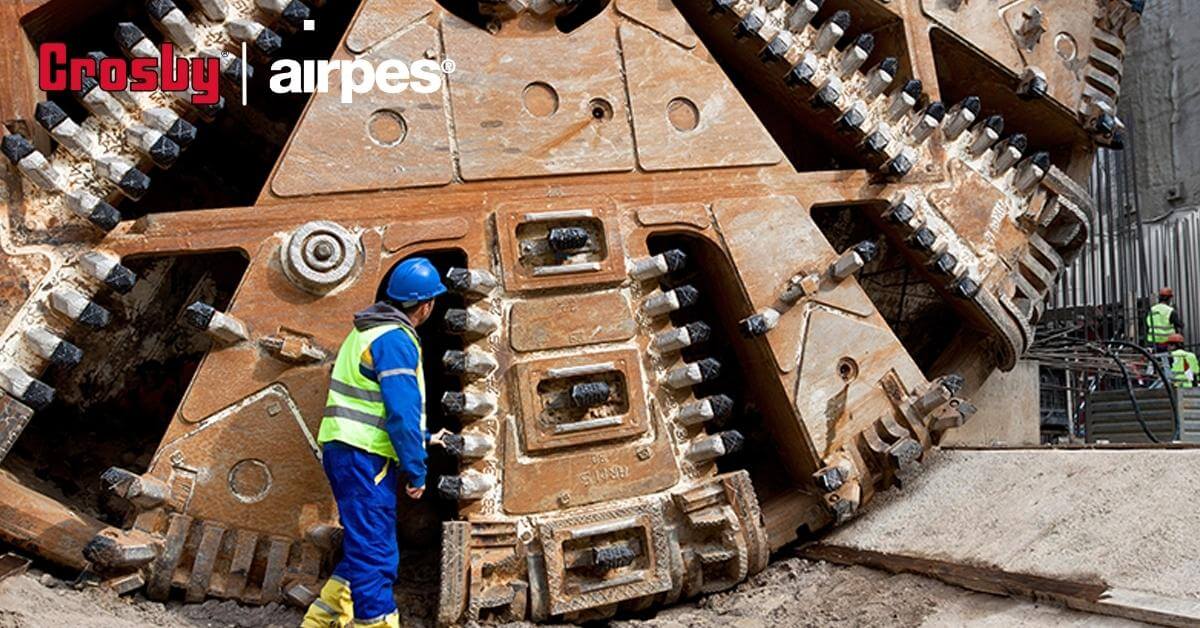 A tunnel boring machine is a type of large, very robust and powerful machinery. It can dig full section tunnels and be an excellent aid for tunnel lining. Generally, the excavation is carried out thanks to a rotating head. It has cutting elements of various shapes and materials, depending on the material in which the tunnel is made.
A tunnel boring machine is a type of large, very robust and powerful machinery. It can dig full section tunnels and be an excellent aid for tunnel lining. Generally, the excavation is carried out thanks to a rotating head. It has cutting elements of various shapes and materials, depending on the material in which the tunnel is made.
Examples of how a TBM works
It’s a tradition to give TBMs female names before they start their journey, a practice that dates back to the 1500s when miners prayed to Saint Barbara, the patron saint of miners, for protection.
The Gotthard Base Tunnel in Switzerland held the record as the longest tunnel built using a Tunnel Boring Machine. This tunnel, which is part of the AlpTransit project, is primarily a railway tunnel that spans a remarkable length of about 57 kilometers (35.4 miles).
This tunnel surpassed the previous record-holder, the Seikan Tunnel in Japan, which is 53.85 kilometers (33.46 miles) long and connects the Japanese islands of Honshu and Hokkaido. The Seikan Tunnel, while slightly shorter, remains the world’s deepest and longest underwater tunnel.
Built a tunnel in bodies of water is totally different. You need to check water pressure, compressed air, and you need to plan your tunnel including elements that do not rust easily.
How are underground tunnels built: steps
#1. Earth drilling:
The tunnel boring machine drills the earth and, at the same time, the prefabricated tunnel segments are installed to line the interior of the tunnel (similar to a wall with horizontal and vertical shafts that protect from landslides and accidents).
#2. Tunnel lining segments:
These segments, built in concrete and placed in the rock walls, are joined together to form a concrete ring.
The steps are:
- Finishing up the internal wall of the gallery
- Ensuring that the gallery will be resilient enough faced to external high pressure
- Allowing the tunnel boring machine to move forward, as the machine leans upon the last ring it installed to progress inside the tunnel
The concrete ring is usually composed of a variable number of segments (from 4 to 10), depending on the tunnel geometry and constraints. As a consequence, several moulds are needed to create a complete ring. All the moulds needed to compose one ring form a set of moulds. The tunnel ring segments has to fit perfectly into the tunnel, which implies that each mould must be extremely precise, as each segment is to fit perfectly into the ring.
Crosby Airpes’ tunnel concrete segment tong
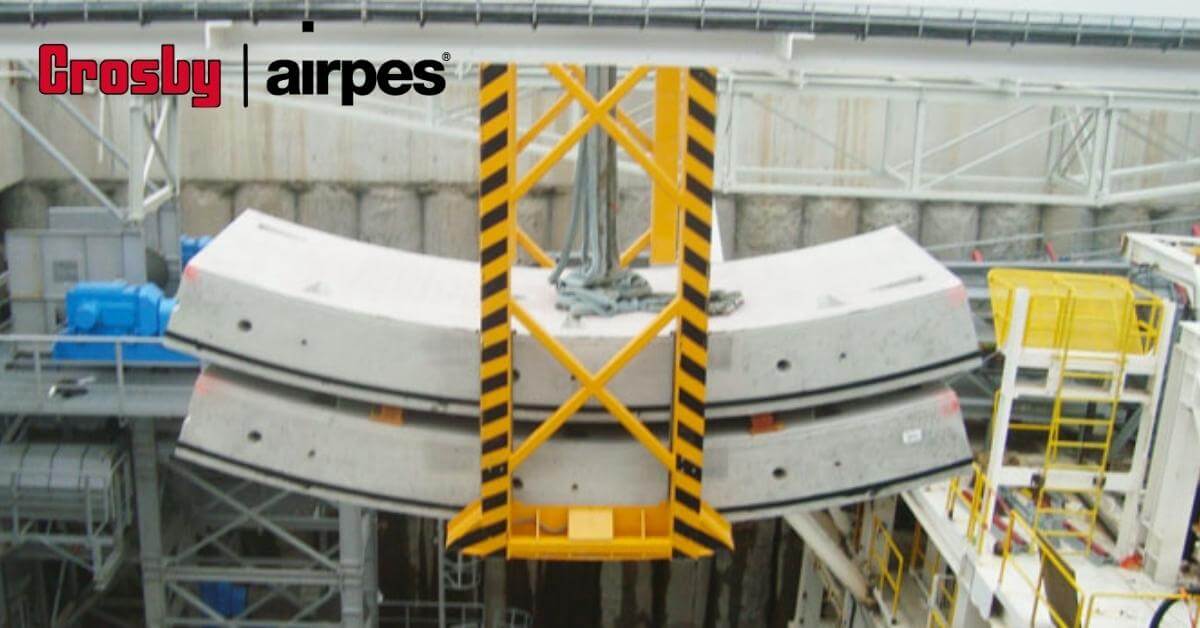 In order to make the the transport and lifting of the concrete tunnel segments easier and more efficient, Crosby Airpes has developed a tunnel concrete segment tong.
In order to make the the transport and lifting of the concrete tunnel segments easier and more efficient, Crosby Airpes has developed a tunnel concrete segment tong.
How the tunnel concrete segment tong works?
This segment lifter allows to transport the tunnel segments have sensors on the legs and in the laterals to detect the segments. Once all sensors are activated the operator can lift the load in a secure way and place the tunnel lining segments into the Tunnel Boring Machine.
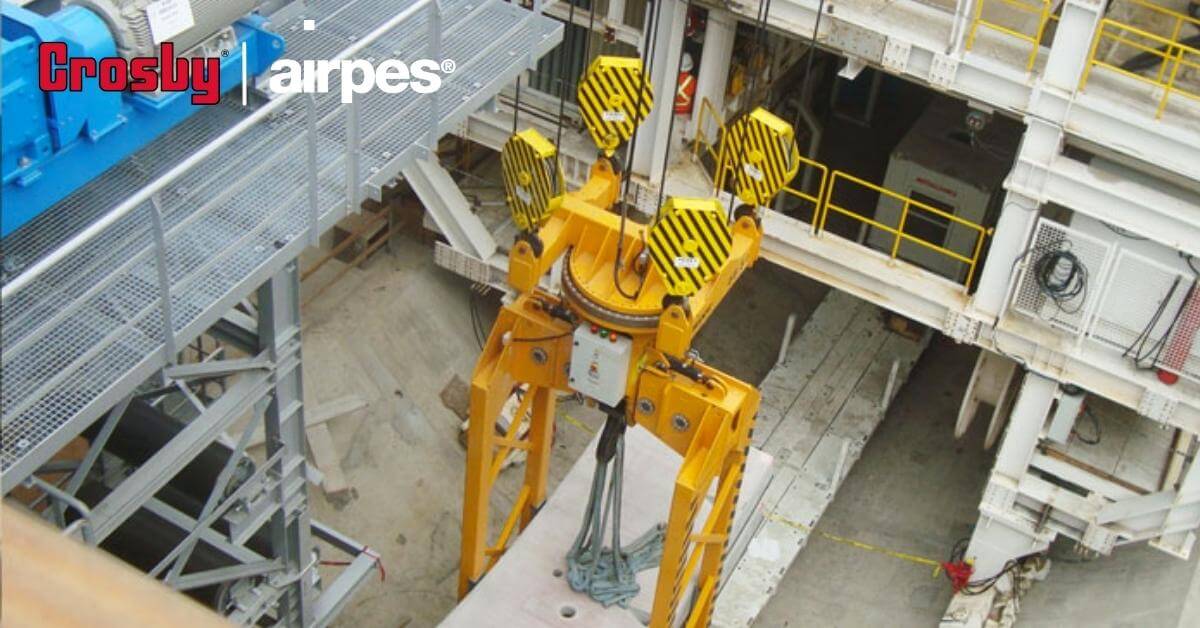
Now you know how are tunnels built and how our tunnel concrete segment tong can help.
The tunnel concrete segment tong from Crosby Airpes, is a proven efficiency device, which has satisfied many of our customers We also have different lifting devices, specially designed for different tasks. Ask us for further information.
Check our tunnel segment tong and other related systems here:
-
TUNNEL CONCRETE SEGMENT TONG
Airpes keeps working hard to offer the safest way to work in the most delicate and precise handling and weighing…TUNNEL CONCRETE SEGMENT TONGSeptember 22, 2020
-
SCISSOR LIFTING TONGS
Scissor lifting tongs are designed and manufactured by Airpes to lift and handle different types of loads. Our product features…SCISSOR LIFTING TONGSSeptember 22, 2020
-
LOAD ROTATOR
Meet our range of high capacity electric powered rotators designed to rotate all types of materials. It can be adapted to…LOAD ROTATORSeptember 22, 2020
We can be your partners for any lifting and handling project
Contact us for handling tunnel segments, wind power infrastructures and anything related with handling and lifting any kind of objects and materials. We are here to help!

